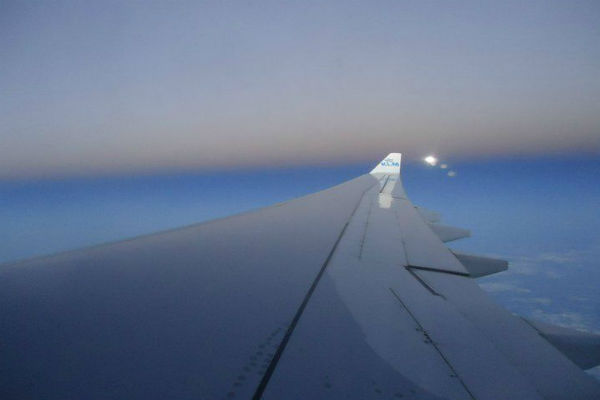The first stop on our tour of Northern Afghanistan was Charikar, the capital of Parwan Province. Parwan province was actually founded by Alexander the Great in 329 BC, as his Alexandria of the Caucuses.
On the way to Charikar, we drove past a stretch of land that was filled with abandoned tanks from the Soviet war. These “graveyards” are strewn all around the country. The government recently sent an entire junkyard full of these tanks and helicopters to Pakistan to be used as scrap metal.

Salang, Afghanistan
The next stop was Salang, a village surrounded by mountains and beautiful creeks. The roads are pretty narrow and during the winter the area sees alot of car accidents. It reminded me a bit of the mountainous road towards Lake Tahoe, but rockier. We stopped in Salang to have lunch on the balcony of a local restaurant. The scenery was truly stunning.
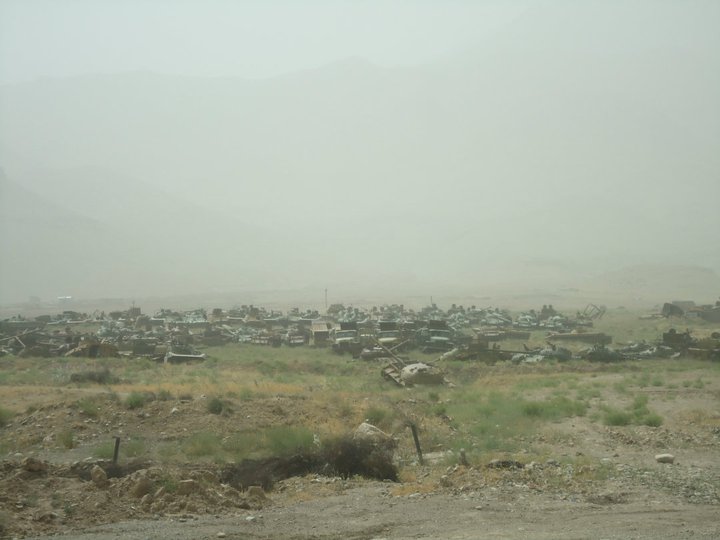
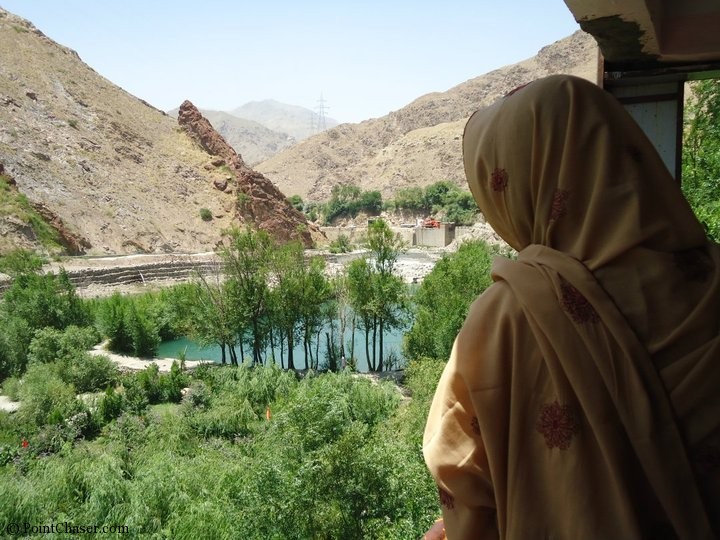



Istalif, Afghanistan
Istalif, known as “The Guesthouse of Afghanistan,” was my favorite place to visit. There is nothing but greenery as far as the eye can see. If Istalif was in any other part of the world, high-end hotel chains would be racing to expand their portfolios here.
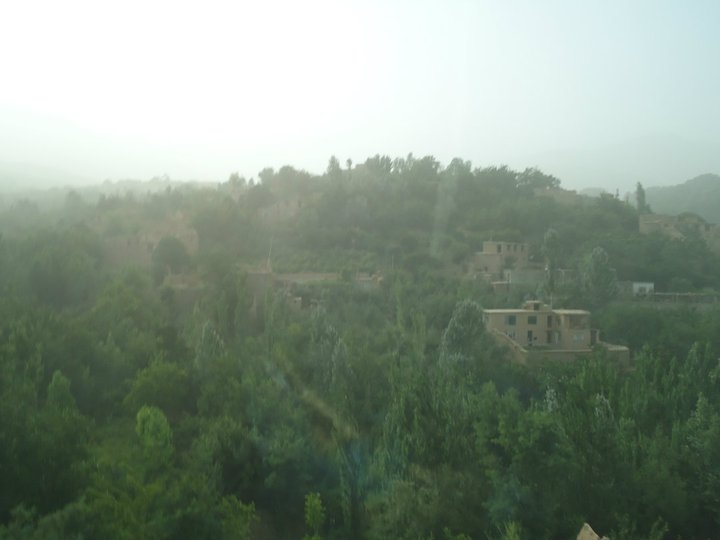
The town is known for its vibrant hand-painted pottery. We stumbled upon a man painting them in front of a store. I later found out the Turquoise Mountain Foundation supports this art and encourages the use of toxin-free paint. It’s a great organization that aims to preserve Afghanistan’s native art and architecture, which is worthwhile.
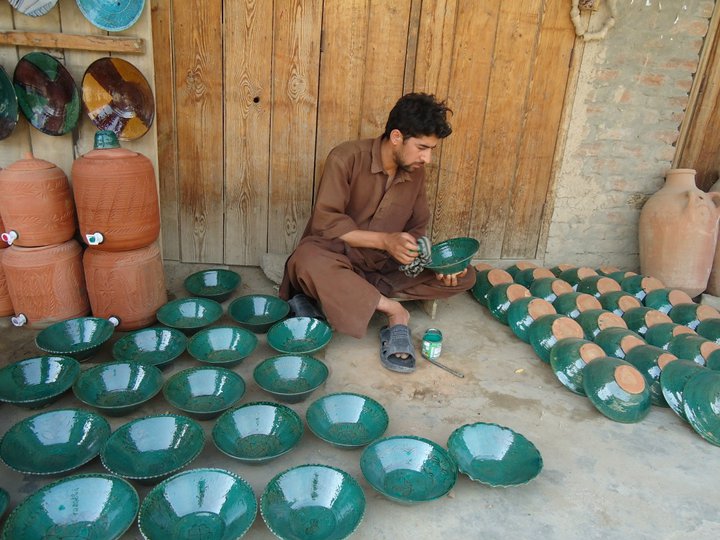
We bought beautiful bowls and pitchers, and as we walked out, the shop keeper seemed to realize we were visiting and followed us to our car, offering us tea. We politely declined as we had to get going, but it was another example of the hospitality these rural folks pride themselves on.
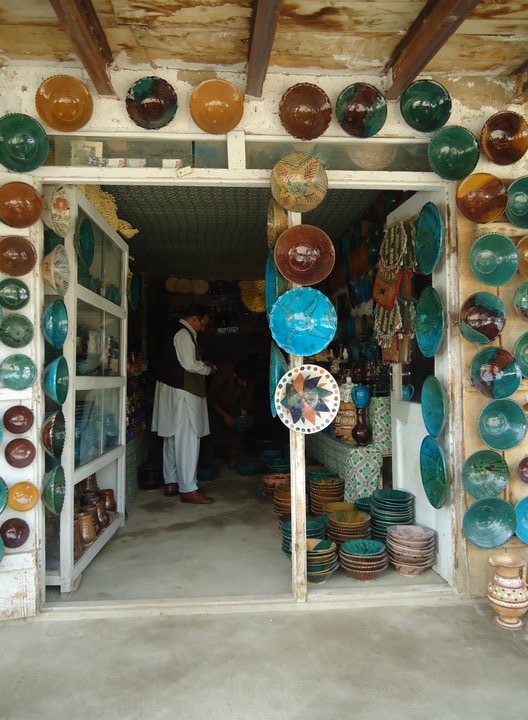
I was told my great-great-grandfather owned land in Istalif and intended to settle here for good. For some reason, he decided on Arghandeh instead, and when he passed away, a cousin sold the land to a family friend. Call me a dreamer, but I hope to one day buy the land back and build an upscale resort on it. Nothing ostentatious, but something that is modern, understated, and blends well into the native landscape…
Qargha, Afghanistan
Qargha doesn’t have much going for it, except for a lake that was largely dried up when we visited the first time. This waterfront restaurant is a great place to stop by for some Sheer-jakh (Afghan home made ice cream) and enjoy the view. When we returned this year, it was bustling with activity: The lake was filled up, there was a nearby amusement park of sorts, along with several new construction projects. During the summer of 2012, the nearby Spogmai Restaurant was attacked a week after we were there. It seemed like we were constantly dodging bullets on both trips.

Arghandeh, Afghanistan
The village of Arghandeh once featured a ski resort, which was popular with the foreigners that visited before the 1979 Soviet invasion.

My family has inhabited the village for over 150 years. My great-grandfather was the village chief. His father built a great fortress there over 130 years ago and my dad lived in it as a kid, along with his uncles and cousins.
There’s a great story about how when Bache Saqqaw overthrew the monarchy in 1929, his militia passed through Arghandeh. One of the soldiers approached the fortress and commanded my great-grandfather to collect rice, cooking oil, and meat from each household in the village. Fiercely loyal to the deposed king, my cousin told the soldier off and pinned his ear to the wall with a knife.
The soldier ran back to his platoon and they returned to exact their revenge. They looted the entire fortress, arrested all the men, and sent the women packing. The soldiers took everything in sight, with the exception of this sewing machine, which my grandfather (then 13 years old) cleverly lowered out of the window with a rope. My aunt still has the sewing machine and has attached a motor to it, so it’s efficient to use.
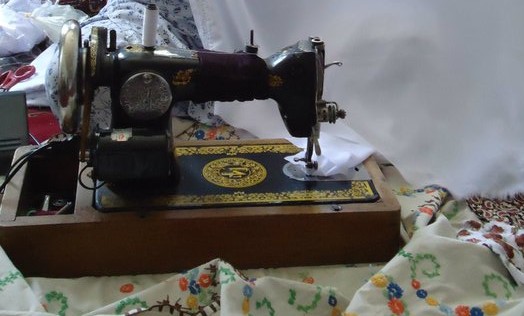
When the soldiers tried to arrest my grandfather, he fled to the hills and lived there for several months, surviving at the mercy of a local villager who secretly brought him food. Eventually, the man took my grandfather to the local jail and plead with the guards to let him take care of his ailing father. Shortly after, Bache Saqqaw was overthrown, all the men were released, and they returned to the fortress with their families, where they lived for decades to come.
The fortress was largely destroyed during the Soviet war. On this trip, I had barely stepped out of the car to snap this photo, when we had to return to my uncle’s house. Our driver, a family friend, had just received word that his mother was sick, so we had to leave. I did get to tour it extensively on our recent trip, which I’ll outline in a separate report.
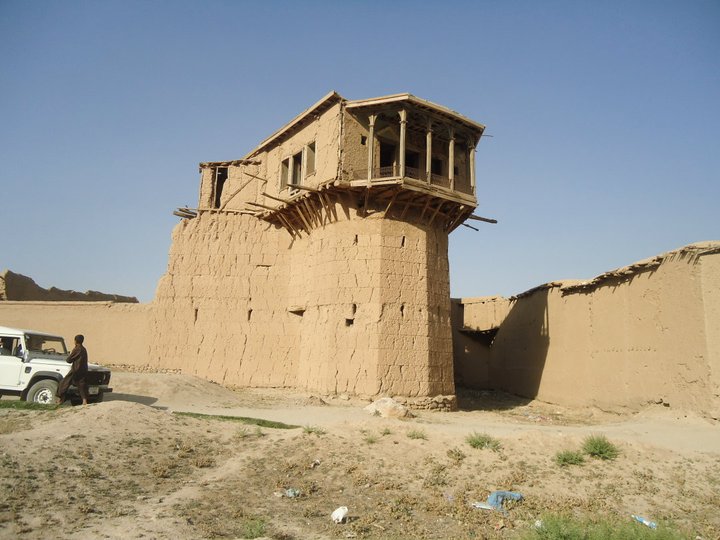
My impression of Arghandeh was that it was very isolated, with every residence fortified. The dry landscape also wasn’t as beautiful as the other towns we had visited. Of course, the mountains surrounding the town were beautiful, but I couldn’t figure out what my family saw in the village that made them want to settle there.
I was told it’s usually much more green and a river used to flow through it, but has since dried up. On my most recent trip, I got to spend more time there and loved it. The area has seen much more rain, and its once green landscape has been somewhat restored.




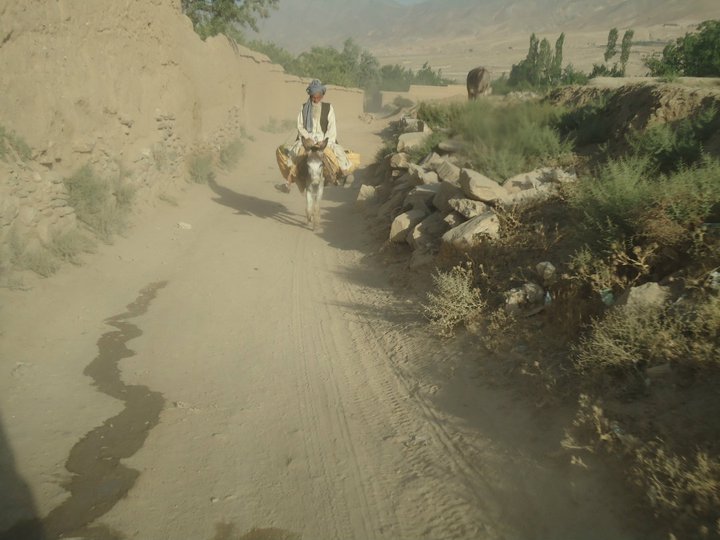
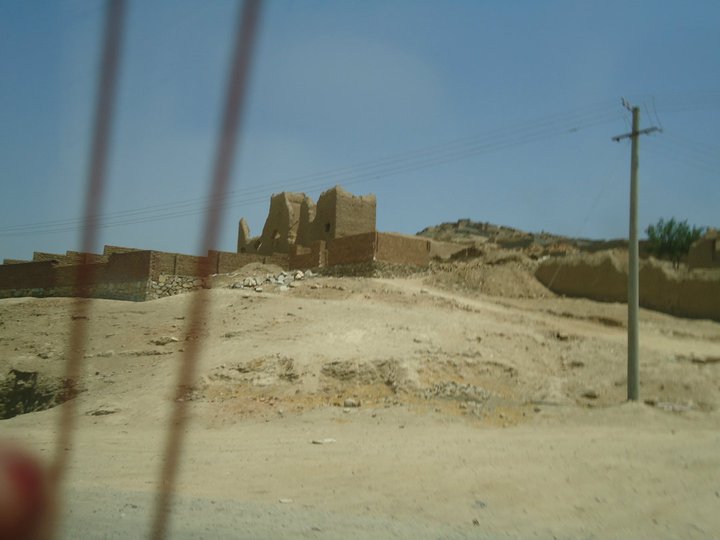
Ariana Airlines business class: Kabul to Frankfurt
With that, our 10 days in Afghanistan came to an end. We left early in the morning for our flight to Frankfurt on Ariana Airlines. All of us had overpacked for the trip, so my uncle offered to ship our stuff back to us. I sent everything except for 3 pairs of jeans, a few t-shirts, a sweater, and two pairs of sandals.
That was enough to hold me over for another week in Europe, since we were staying with my aunt and I could easily do laundry. I vowed never to pack more than a carry-on for any future trip. My uncle didn’t get around to shipping our things back until a good month after we left, so it took a while before I got my wardrobe back. Still, it was nice to only have one piece of luggage on the return.

I had spent the week in a daze and almost in disbelief at where I was, but upon leaving I found myself emotional. This was a life-changing journey for me and I was sad for it to end.
My cousin dropped us off as far as he could and we made our way through the terminal. Another cousin works as a flight attendant at Ariana Airlines and met us at the airport. He took us through security, checked us in, upgraded us to business class, walked us on the plane, and instructed his colleagues to take good care of us, which they did.
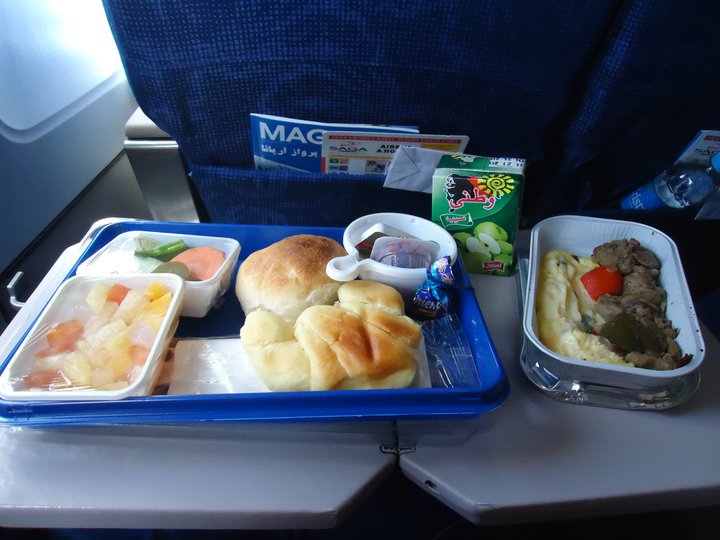
The business class cabin consisted of 21 seats and was your standard large recliner. The food was exactly the same as in economy. We were all a little feverish and spent the majority of the flight sleeping. We were served two meals on the 5-hour flight: Breakfast, which again was delicious and plentiful, and lunch which was consisted of rice and potatoes, and was not good at all.
